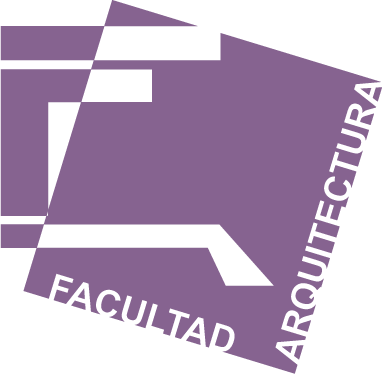Registro completo de metadatos
| Campo DC | Valor | Lengua/Idioma |
|---|---|---|
| dc.creator | Baker, William | |
| dc.date.accessioned | 2025-01-23T22:18:39Z | - |
| dc.date.available | 2025-01-23T22:18:39Z | - |
| dc.date.issued | 2018-12-18 | |
| dc.identifier | https://revistas.unam.mx/index.php/aca/article/view/67937 | |
| dc.identifier.issn | ISSN electrónico: 2594-083X | |
| dc.identifier.uri | https://repositorio.fa.unam.mx/handle/123456789/19202 | - |
| dc.description.abstract | A structural designer needs to be able to create something new. What is the source of these new ideas? They can come from an understanding of technology, a knowledge of history, research and educated inspiration. Not all structural engineers are structural designers, who create work that has structural engineering principles as a central aspect. What does a structural engineer need to learn to be a good structural designer? Structural designers need to understand structural theory, the behavior of materials, mathematics (including a deep understanding of geometry) and the difference between analysis and design. It is import- ant to understand structural failures and learn from what hasn’t worked in the past. They need to learn and understand the history of design and designers and have the ability to make freehand sketches. They need to lose their fear of criticism and learn how to free themselves to create. A knowledge of the history of art and architecture will help spark ideas and provide another basis for communication with collaborators. One challenge for structural designers is to go into unknown territory instead of continuing down the same path, but also to not be afraid of utilizing a known solution and adapting it to the situation at hand. A designer needs to learn how to nd or create knowledge through research. The fundamental question is: how can we design the education of engineers to create structural designers? | |
| dc.format.extent | Páginas: 7 - 15 | - |
| dc.language | eng | |
| dc.publisher | Universidad Nacional Autónoma de México. Facultad de Arquitectura | |
| dc.rights | La titularidad de los derechos patrimoniales de esta obra pertenece a las instituciones editoras. Su uso se rige por una licencia Creative Commons BY-NC-ND 4.0 Internacional, https://creativecommons.org/licenses/by-nc-nd/4.0/legalcode.es, fecha de asignación de la licencia 2018-12-18, para un uso diferente consultar al responsable jurídico del repositorio por medio del correo electrónico academiaxxii@unam.mx | - |
| dc.subject | Engineering Education | |
| dc.subject | Structural Design | |
| dc.subject | Structural Theory | |
| dc.subject | Structural Art | |
| dc.subject | Engineering Education | |
| dc.subject | Structural Design | |
| dc.subject | Structural Theory | |
| dc.subject | Structural Art | |
| dc.subject.classification | Multidisciplina | |
| dc.title | The Education of a Structural Designer | |
| dc.title.alternative | The Education of a Structural Designer | - |
| dc.type | Artículo de Investigación | |
| dcterms.audience | Publico en general | - |
| dcterms.provenance | Universidad Nacional Autónoma de México. Facultad de Arquitectura | - |
| dc.rights.holder | La titularidad de los derechos patrimoniales de esta obra pertenece a: Universidad Nacional Autónoma de México | |
| dc.publisher.location | MX | |
| dc.rights.accessRights | Acceso abierto | |
| dc.identifier.url | https://revistas.unam.mx/index.php/aca/article/view/67937/60339 | |
| dc.identifier.doi | https://doi.org/10.22201/fa.2007252Xp.2018.18.67937 | - |
| dc.relation.ispartofjournal | Academia XXII; Vol. 9 Núm. 18 (2018): Diseño estructural + investigación tecnológica | |
| dc.description.repository | Repositorio Facultad de Arquitectura. https://repositorio.fa.unam.mx/ | |
| dc.identifier.bibliographiccitation | Baker, William (2018). The Education of a Structural Designer. Academia XXII; Vol. 9 Núm. 18, 2018: Diseño estructural + investigación tecnológica; 7 - 15. Recuperado de | - |
| Aparece en las colecciones: | Academia XXII | |
Los ítems de DSpace están protegidos por copyright, con todos los derechos reservados, a menos que se indique lo contrario.

